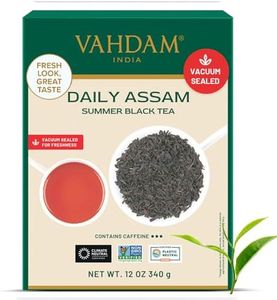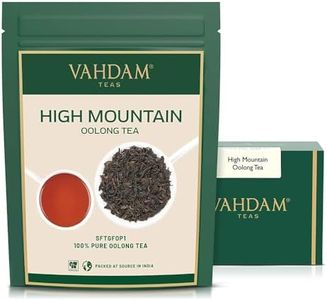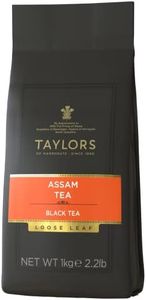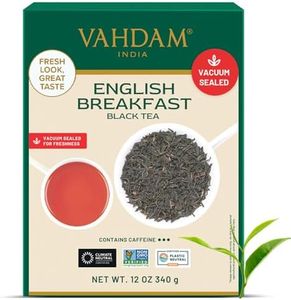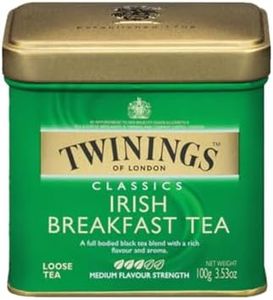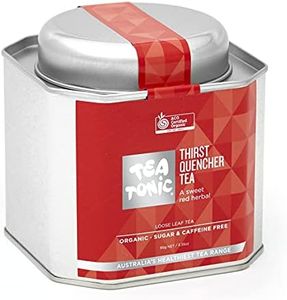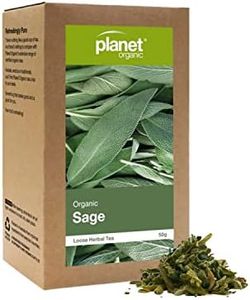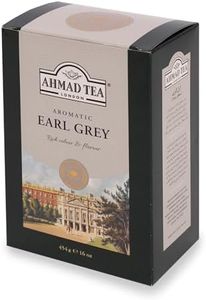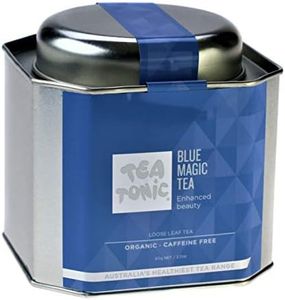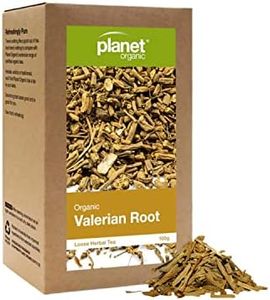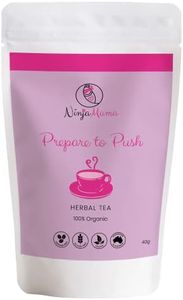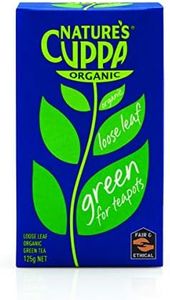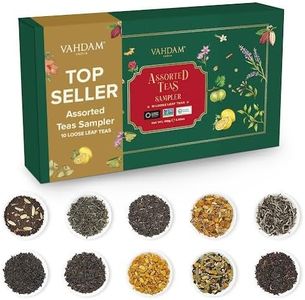We Use CookiesWe use cookies to enhance the security, performance,
functionality and for analytical and promotional activities. By continuing to browse this site you
are agreeing to our privacy policy
10 Best Loose Leaf Teas
From leading brands and best sellers available on the web.By clicking on a link to a third party's website, log data is shared with that third party.
Buying Guide for the Best Loose Leaf Teas
Choosing the right loose-leaf tea is a delightful journey guided by your taste preferences, brewing habits, and the experience you are hoping to enjoy. Think about the time of day you'll drink your tea, your flavor inclinations—like floral, grassy, malty, or spicy—and how much time you want to invest in preparation. Trying different types is a wonderful way to explore, but understanding the key details will help you zero in on options that suit your lifestyle and palate best.Type of TeaLoose-leaf tea comes in many types, including black, green, white, oolong, pu-erh, and herbal varieties. Each type has distinct flavors, aromas, caffeine content, and health benefits. Black and oolong teas are usually stronger and have more caffeine, while green and white teas are lighter and generally lower in caffeine. Herbal teas often contain no caffeine at all. Decide how much energy or relaxation you want from your tea to guide your choice of type.
Grade and Leaf SizeGrade refers to the quality and size of the tea leaves—whole leaves, broken leaves, fannings, or dust. Whole leaves usually offer more complexity and smoother flavors, while small pieces brew quicker but often give a more robust or even bitter taste. For a refined taste, go for whole leaf or large broken leaf; if you prefer strong, brisk tea or quicker brewing, smaller leaf sizes might suit you.
OriginThe region where the tea is grown affects its taste and characteristics due to the local soil, altitude, and climate. For example, Darjeeling teas are typically floral and light, while Assam teas are malty and robust. Chinese greens may taste vegetal and sweet, while Japanese greens tend to be grassy and umami. Explore origins based on the flavor notes you are drawn to and your interest in traditional tea regions.
Flavor Notes and AdditivesSome loose-leaf teas are pure, while others are blended with flowers, fruits, spices, or natural essences. Decide if you want a plain tea or if you’d enjoy added flavors like jasmine, bergamot, or rose. Consider your preference for subtle natural flavors or bolder blended tastes when picking your tea.
Freshness and PackagingFreshness has a big impact on how your tea will taste. Look for packaging that protects tea leaves from light, air, and moisture, such as sealed bags or tins. If possible, buy from sources that indicate a harvest date or at least have high turnover, so you know your tea hasn’t been sitting for too long. If you want the best aroma and flavor, fresher tea is always better.
Organic and Ethical CertificationsMany people look for teas that are organic or carry certifications for ethical production, such as Fair Trade. Organic teas are grown without synthetic pesticides or fertilizers, which some consumers prefer for environmental or health reasons. Certifications can guide you if supporting eco-friendly practices or fair labor is important in your purchasing choices.
Caffeine ContentNot all teas have the same amount of caffeine. Black teas typically have the most, followed by oolong and green, with white and most herbal teas being lowest or caffeine-free. Think about when you plan to drink your tea—morning, afternoon, or evening—and choose a caffeine level that fits your lifestyle and sensitivity.
